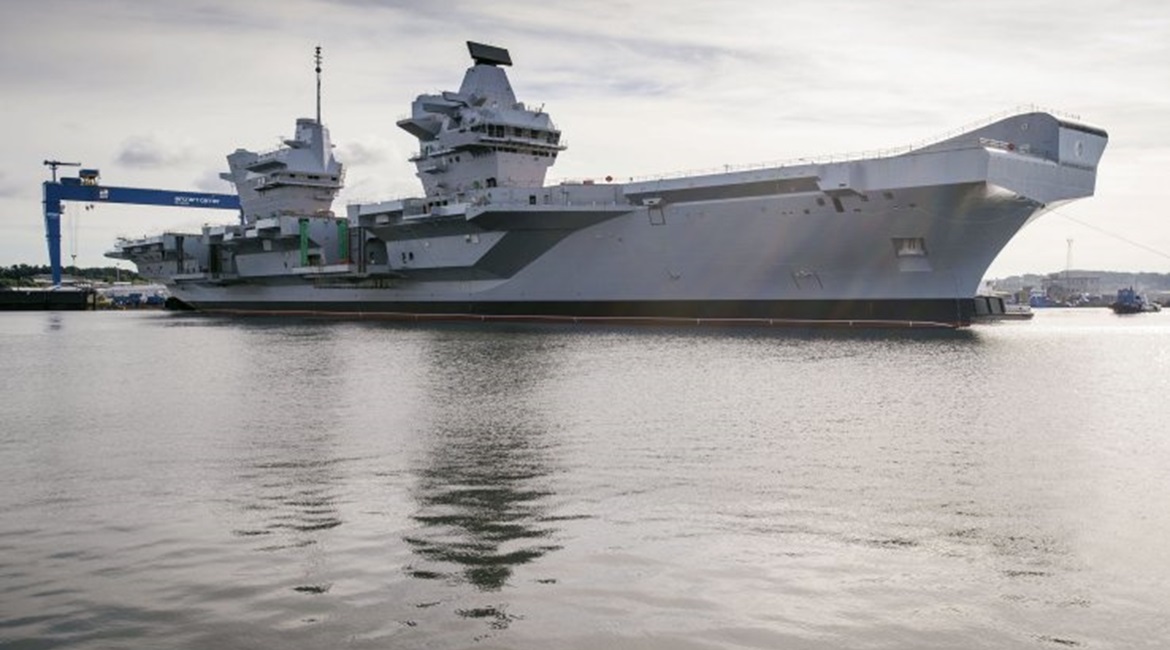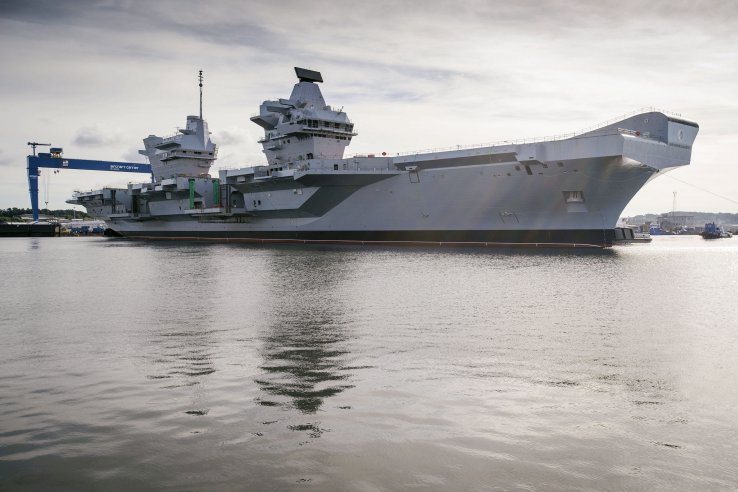
Allies have delivered on NATO’s Readiness Initiative, Secretary General Jens Stoltenberg announced in his press conference after the 3-4 December meeting of alliance heads of state and government in London. The initiative was launched during NATO’s 11–12 July 2018 summit in Brussels with the aim of making available 30 naval combatants, 30 kinetic air squadrons, and 30 mechanised battalions deployable within 30 days by 2020, totalling 25,000 troops and 300 aircraft.

The UK will make its Queen Elizabeth-class aircraft carriers available to NATO under the alliance’s Readiness Initiative. (BAE Systems)
Most of these forces come from large NATO countries such as France, Germany, Italy, the United Kingdom, and the United States.
Prime Minister Boris Johnson announced in a speech that the UK would contribute an armoured brigade, two squadrons of fast jets, and six major warships, including the two Queen Elizabeth-class aircraft carriers. Outgoing prime minister Theresa May announced already on 4 June that HMS Queen Elizabeth would be made available to NATO under the alliance’s Readiness Initiative when it becomes operational in 2021.
German media reported on 4 December that the German contribution would be 7,000 troops, 50 aircraft, and three ships.
All NATO countries except Iceland, which does not have armed forces, will contribute to the Readiness Initiative, even with forces below the battalion level, according to a NATO source, who added that the US is not contributing as much as it could in order to encourage smaller countries’ participation.
Like with all contributions to NATO, the forces are under the control of their national capitals. Johnson said in his press conference after the meeting that the UK forces offered under the Readiness Initiative would still be available for national missions.
Looking to read the full article?
Gain unlimited access to Janes news and more...




